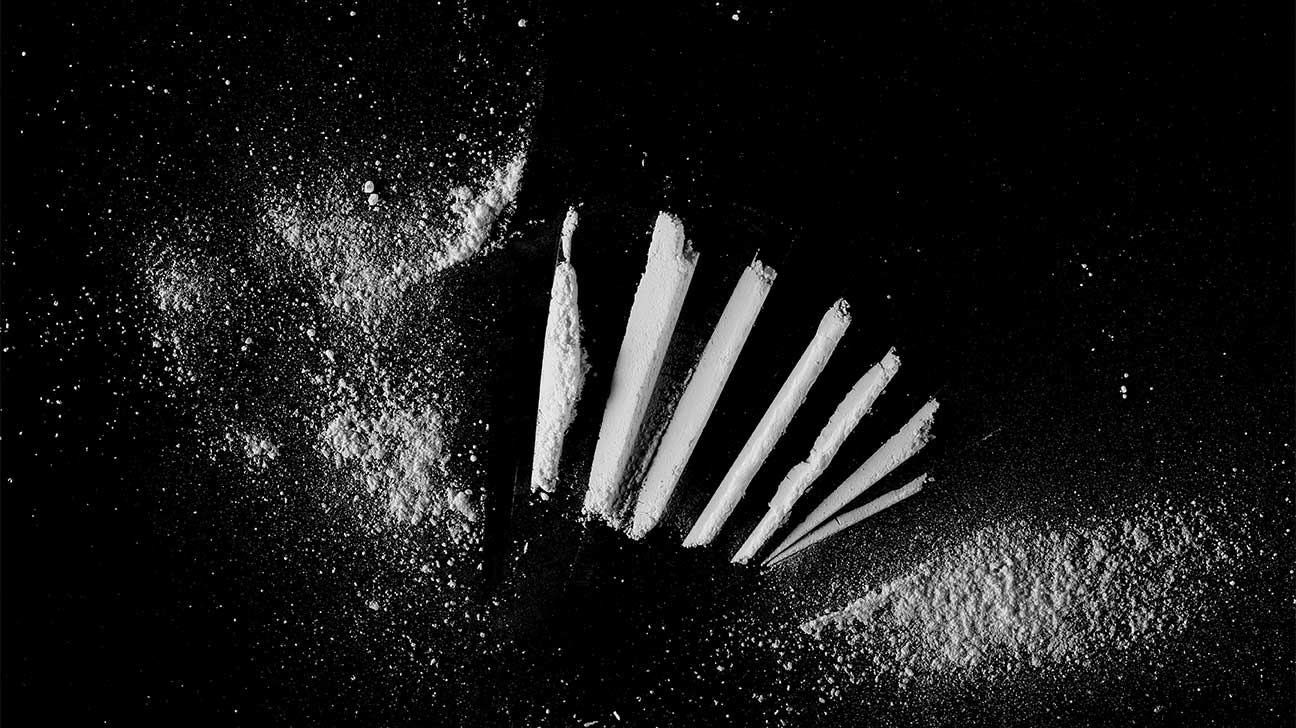
Cocaine is a highly addictive and illicit drug that is a product of the coca plant grown and cultivated in South America.
The drug is processed by using different chemicals and solvents on the coca leaves, producing both powder cocaine and a rock-like form of the substance called crack cocaine.
Depending on the form of cocaine, the drug can be ingested by snorting, smoking, or injecting the substance intravenously.
Different forms of cocaine will look, smell, and taste very different from one another.
People who have developed a cocaine addiction can find a variety of substance abuse treatments that may include medical detox, behavioral therapy, and dual diagnosis treatment.
The Appearance Of Cocaine
The appearance of cocaine can take many forms, but is most commonly recognized as a white powder similar in appearance to baking soda or talcum powder.
Cocaine may also look like a clear liquid, a salt-like form called freebase, or an opaque, crystal-like substance called crack cocaine.
Cocaine identification by color and texture may be influenced by cutting agents and other adulterants mixed into the drug.
Learn more about what cocaine looks like.
The Smell Of Cocaine
The smell of cocaine is highly influenced by its purity.
Pure derivatives of the drug have a flowery scent, whereas cocaine with additives may smell like baking soda, sulfuric acid, kerosene, and ammonia.
Crack cocaine typically smells of burnt plastic, bleach, and ammonia.
Read about what cocaine smells like.
How Cocaine Tastes
The different tastes of cocaine are affected by the solvents and cutting agents used in its production.
Cocaine in powder form may taste slightly acidic with notes of ammonia. Tingling or numbing may occur due to local anesthetics such as procaine or lidocaine in the substance.
Pure cocaine typically tastes very bitter and will numb the inside of the mouth when rubbed on the gums.
Learn more about what cocaine tastes like.
How Cutting Agents Affect Cocaine
Cocaine, like any illegal drug, is commonly mixed with other household substances or drugs to increase profit margins for drug dealers.
These cocaine cutting agents may include amphetamine drugs such as Adderall or meth, synthetic opioids such as fentanyl, or household products such as baking soda or laundry detergent.
Each substance mixed into cocaine may affect its look, taste, or smell.
While some of these additives are relatively benign, the presence of fentanyl may lead to dangerous side effects including overdose death.
Treatment Options For Cocaine Addiction
If you or a loved one are battling substance abuse, help is available in the form of evidence-based or holistic treatment options.
Cocaine addiction treatment services may include:
- medication-assisted treatment (MAT)
- medical detox
- group therapy
- cognitive behavioral therapy (CBT)
- dual diagnosis treatment for co-occurring disorders
- support groups for people with drug addiction
- aftercare services
- mental health services
- case management and wellness services
Find Substance Use Disorder Treatment Today
For more information about treatment facilities in your area, call our helpline today.
Our team can answer your questions about drugs of abuse and the effects of cocaine use, and assist you in your journey to long-term recovery.
Article Sources- National Institute on Drug Abuse (NIDA)
https://nida.nih.gov/publications/drugfacts/cocaine - National Institute of Health (NIH)
https://www.ncbi.nlm.nih.gov/books/NBK430976/ - National Institute of Health (NIH)
https://www.ncbi.nlm.nih.gov/pmc/articles/PMC3498128/ - Substance Abuse and Mental Health Services Administration (SAMHSA)
https://www.samhsa.gov/adult-drug-use


